Indentation Hardness ISO 2439, DIN 53577, DIN 53579-1, ASTM D3574, ASTM D3579
Indentation Hardness
ISO 2439, DIN 53577, DIN 53579-1, ASTM D3574, ASTM D3579
Indentation hardness is an important characteristic value in determining the quality of flexible cellular materials. The test processes are described in standards ISO 2439, DIN 53577, DIN 53579-1, ASTM D3574 and ASTM D3579. ZwickRoell offers testing solutions for your requirements.
Indentation hardness
- For flexible cellular foam materials, including vehicle cushions and mattresses, indentation hardness is one of the most important characteristic values used to describe the quality of the product such as comfort level, for example. These molded parts are typically tested to DIN 53579-1. When testing cushions, the specimens are placed in specially shaped molds.
- This type of test is important in materials testing as well. Standards such as ISO 2439 and ASTM D3574 define the test sequence in detail.
- The method of measurement used is hardness measurement. A defined indenter is pressed into a surface area that is significantly larger and the required force to do so is continuously measured. The sequence consists of multiple preload cycles, in which cells break off and the foam is brought to a mechanically defined state. This is followed by a measuring cycle. The result is shown as force values, which have been captured on defined impressions after defined hold times have expired.
- One advantage to this method compared to compressive stress value measurement is the elimination of the impact of cut edges. The measured value obtained is a characteristic value that is independent of the dimensions and is comparable if the specimen is large enough. This value is sufficient for quality control purposes.
Indentation hardness for standard specimens to ISO 2439 and ASTM D3574-B1
ISO 2439 provides a laboratory procedure for measuring indentation hardness on standard specimens.
- Loading via an indenter that is smaller than the specimen
- Indenter is smooth, circular, 200 to 203 mm in diameter, and has an edge radius of 1mm
- Supporting base plate is bigger than the specimen and is perforated to avoid generation of an air cushion
- Both block foam and molded foam can be tested if using a flat support base
- Also known as ILD test or IFD test
- Hardness value for cut cuboid specimens
- Some standards contain a wide range of methods.
Indentation hardness of flexible cellular foams to DIN 53579-1
Testing of flexible cellular foams is described in varying forms in many automotive standards.
- Range of application covers vehicle seats, headrests, side parts, mattresses, furniture upholstery
- Indentation method, similar to the principle specified in ISO 2439
- With many flexible cellular foams there is a special base for each design/configuration. (Matrix)
- In addition to the standard indenter, there are a large number of special indenters
- Indentation hardness or residual height under load are determined
- There is no standardization for this at the ISO level
- Daimler and BMW use DIN; the VW sequence is based on DIN but contains additional method descriptions
Indentation test on larger flexible cellular foam pieces with the cLine
- ZwickRoell has designed a load frame for larger flexible cellular foam pieces. Built in the shape of a C, it facilitates excellent access on three sides.
- A feed table is available for mattresses, which is used to easily push them into the required testing position.
- The lateral contact plate can be folded down on this machine type to test smaller moldings or to perform tensile tests.
Applicable standards for this test
Standard specimens |
|
|
|
|
|
Measurement of flexible cellular foam |
|
|
|
||
|
|
|
|
|
|
|
|
|
|

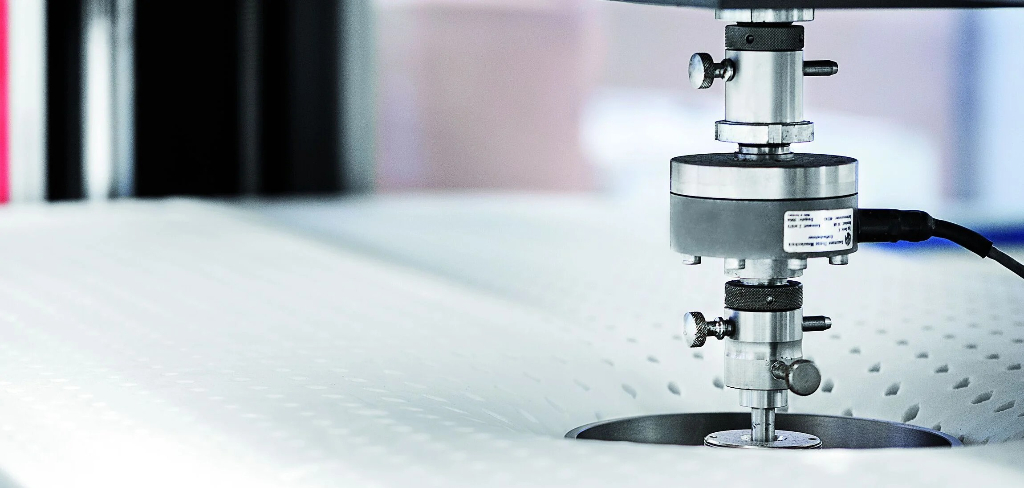


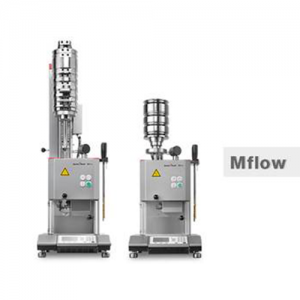
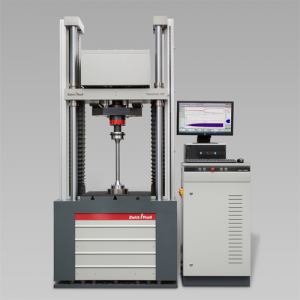
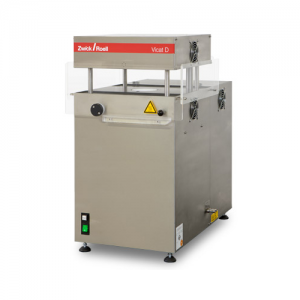
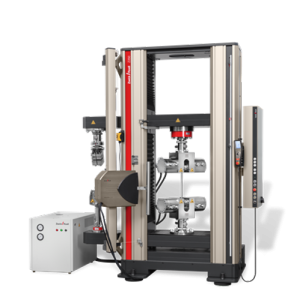
Reviews
There are no reviews yet.